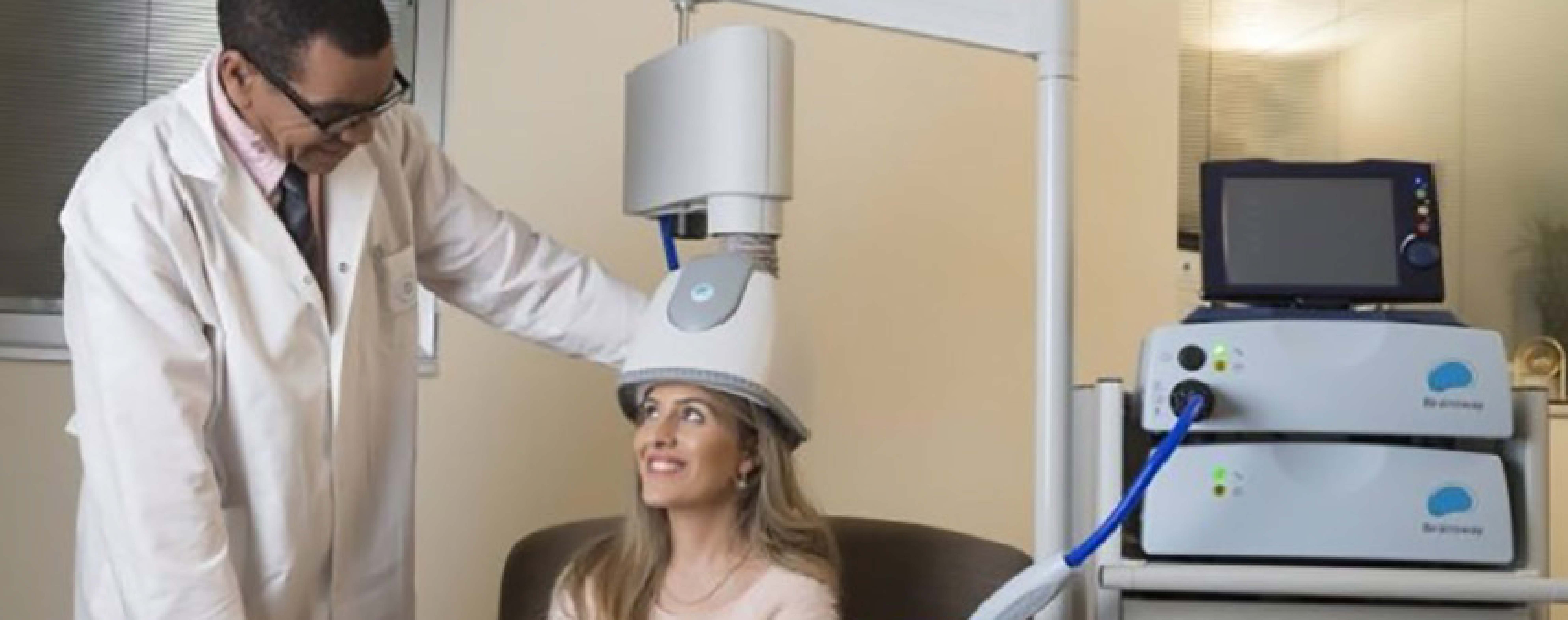TMS for OCD: A Promising Treatment Option Explored
Transcranial Magnetic Stimulation (TMS) for OCD has emerged as a promising therapeutic approach in the field of mental health. Obsessive-Compulsive Disorder (OCD) is a debilitating condition characterized by intrusive thoughts and repetitive behaviors. While traditional treatments such as medication and psychotherapy have been the go-to options, TMS offers a novel and non-invasive alternative. In this article, we will delve into what TMS is, how it works, what a patient can expect during the treatment, and the current research on its effectiveness.

What is TMS for OCD?
TMS, or Transcranial Magnetic Stimulation, is a non-invasive brain stimulation technique that uses electromagnetic fields to modulate neural activity in specific brain regions. In the context of OCD treatment, TMS targets the brain's cortico-striatal-thalamo-cortical (CSTC) circuit, which is believed to play a significant role in the development and maintenance of OCD symptoms.
How Does TMS Work for OCD?
TMS works by using a specialized coil to deliver brief magnetic pulses to the targeted brain region, which in the case of OCD is often the prefrontal cortex. These pulses induce electrical currents that can modulate neural activity in the area, effectively "resetting" abnormal brain activity associated with OCD. By promoting balanced neural function, TMS aims to alleviate OCD symptoms.
What Will a Patient Experience During TMS Treatment?
1. Evaluation and Planning: Before starting TMS treatment, a patient will undergo a thorough evaluation to determine the optimal stimulation site and parameters. This assessment helps personalize the treatment plan.
2. TMS Sessions: During TMS sessions, the patient sits comfortably in a chair while a trained technician positions the TMS coil over the specified brain region. The treatment involves a series of magnetic pulses administered at a specific frequency and intensity.
3. Sensation: Patients typically experience a tapping or clicking sensation on the scalp during the procedure. Some discomfort or mild headache is possible, but severe side effects are rare.
4. Frequency and Duration: TMS for OCD typically involves daily sessions lasting 20-40 minutes over several weeks. The exact duration and frequency may vary depending on the individual's response to treatment and the specific TMS protocol used.

Research on Effectiveness
Current research on TMS for OCD has yielded promising results:
1. A 2020 study published in JAMA Psychiatry found that TMS was significantly more effective than a sham (placebo) treatment in reducing OCD symptoms. Participants who received active TMS showed substantial improvements in their condition.
2. A meta-analysis published in the journal Brain Stimulation in 2021 reviewed multiple studies and concluded that TMS is a potentially effective treatment for OCD, especially for individuals who have not responded well to traditional therapies.
Conclusion
TMS for OCD represents a promising treatment option for individuals struggling with the burdensome symptoms of Obsessive-Compulsive Disorder. This non-invasive technique, which targets specific brain circuits associated with OCD, has shown considerable potential in clinical trials and research studies.
While TMS offers hope for individuals who have not responded to traditional treatments, it is essential to consult with a qualified healthcare provider to determine its suitability for each patient's unique situation. As research on "TMS for OCD" continues to evolve, we may see further refinements in treatment protocols and an increasing number of individuals benefiting from this innovative approach to OCD management.